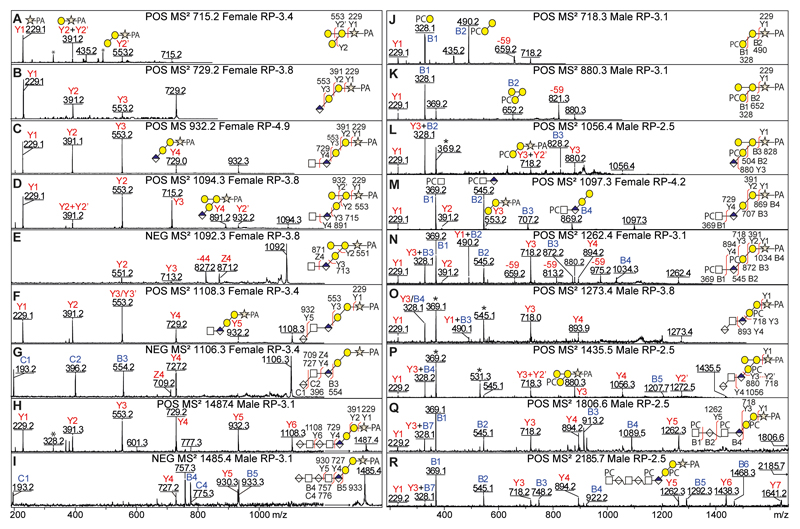Figure 3. Positive and negative MS/MS of GAG-like O-glycans from Oesophagostomum dentatum.
The positive and negative MS/MS of anionic GAG-like O-glycans from O. dentatum (A-I) show data on structures from m/z 715 to 1487 (HexNAc0-2GlcA0-3Gal2-3Xyl1-PA). Most of these structures have the basic GAG-like O-glycan core sequence and share some of the same Y-fragmentation features as described in C. elegans (see Figure 1); however, a few possess a trigalactosylated core sequence (D) as indicated by a specific Y3-ion in positive mode at m/z 715 (Gal3Xyl1-PA). The positive MS/MS of phosphorylcholine-modified GAG-like O-glycans from O. dentatum (J-R) exhibit key PC-fragments at m/z 328 (PC1Hex1) and/or 369 (PC1HexNAc1) while the ion-loss of 59 Da is due to an inherent PC breakdown. The fragment signature of a PC and galactosylated core is an Y3-ion of PC1Hex3Xyl-PA at m/z 880. * Contaminant fragments derived from co-eluting PC-containing glycans; for MS/MS of m/z 1056 and 1435 in HIAX fractions lacking the m/z 369 co-fragment, refer to Supplementary Figure 4 A and D.

